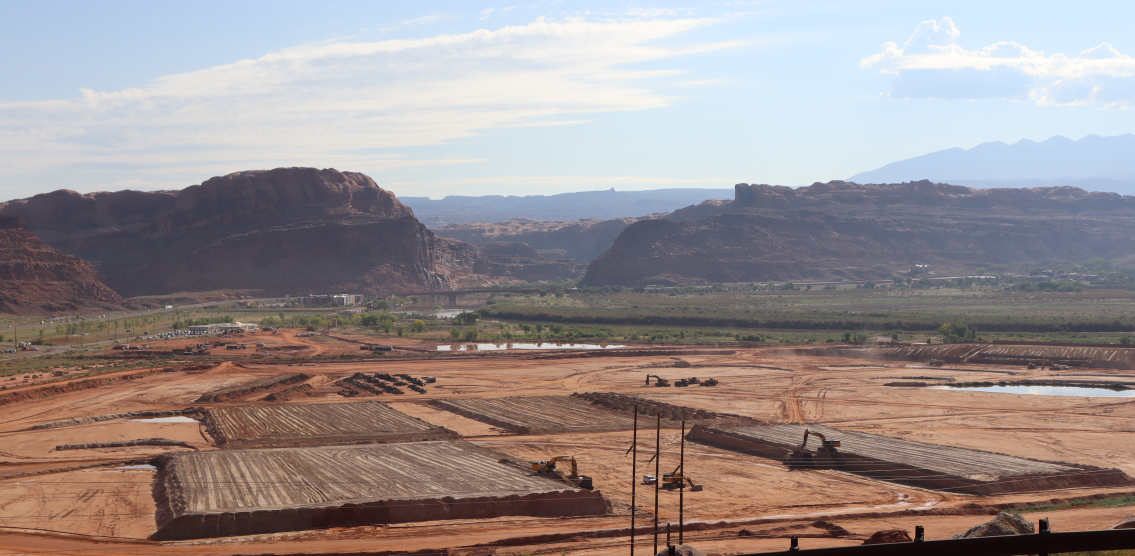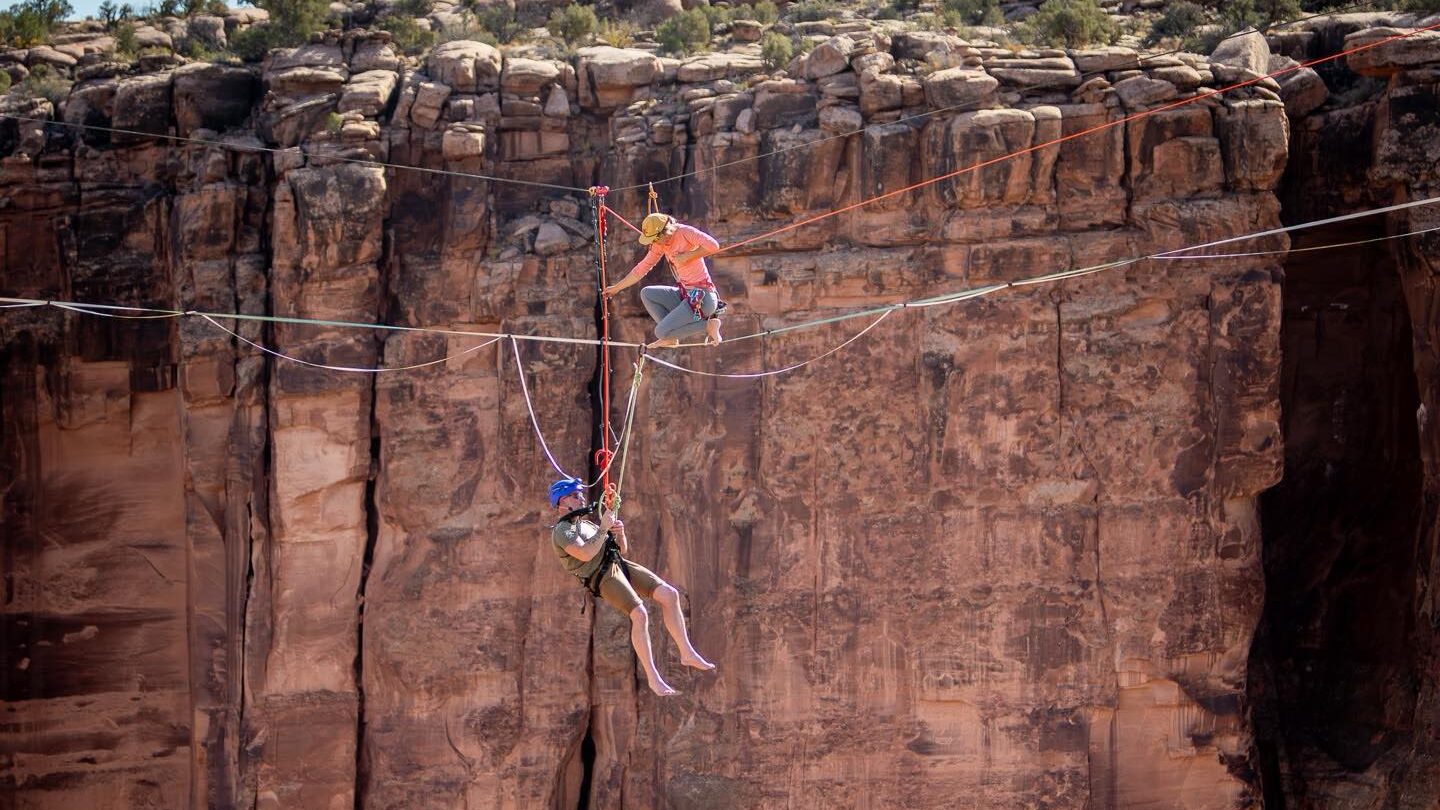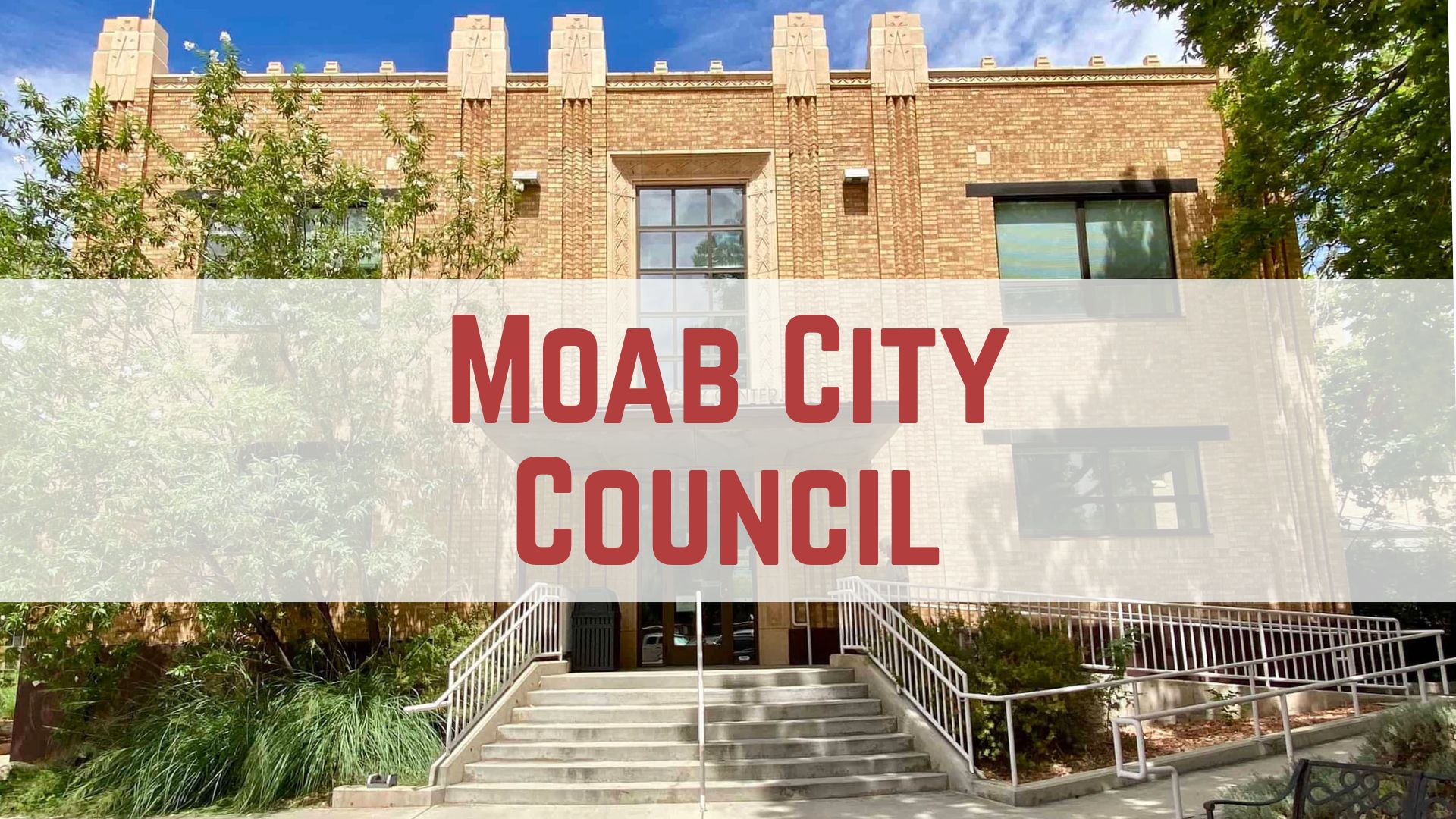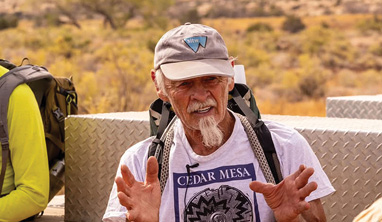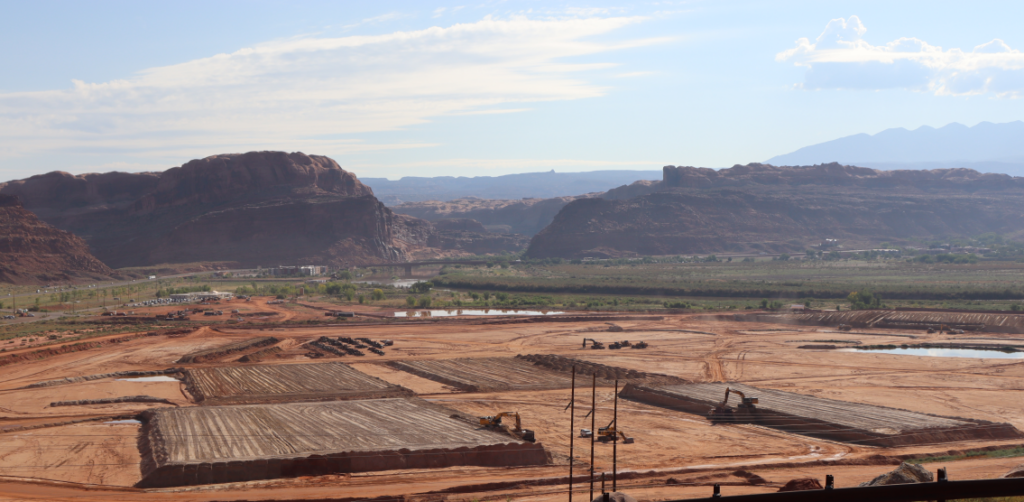
After cleanup is done, local leaders will decide the land’s future
Today, US Senator John Curtis and Representative Mike Kennedy introduced a new bill that would give the Moab uranium cleanup site to Grand County when the environmental work is finished.
The Uranium Mill Tailings Remedial Action project started in the early 2000s, and since then workers have removed millions of tons of radioactive uranium waste from near the Colorado River and Arches National Park. The 480-acre site lies in a highly desirable area along the river at the edge of Moab along Highway 191.
The “Moab UMTRA Project Transition Act of 2025” has support from all Utah members of Congress and from local officials. Once Grand County owns the land, the site could become recreation areas, public open space, business development, or natural areas—a committee has been examining many possibilities.
“This bill will give Grand County and the City of Moab the tools they need to transform the site of the former toxic “pile” of radioactive waste the federal government left behind into a thriving community center,” said Representative Mike Kennedy.
“The Moab UMTRA site has undergone extensive remediation over two decades, and it’s time to prepare for what comes next,” Curtis said. “It reflects years of cooperative effort among local leaders, the community, and federal agencies, all working toward a shared goal: restoring and returning this land to the people of Grand County.”
Local officials have long urged the transfer, with Moab Mayor Joette Langianese and the Moab City Council calling it “the best option for achieving the community’s vision” and the Grand County Commission stating that the site “holds immense potential for economic diversification, recreational development, and community enrichment.”
The bill would allow the Department of Energy to give the land to Grand County once it’s designated as safe. The federal government would still keep some water rights and access to check on groundwater. The bill also bans Grand County from selling any of the land to private companies or nonprofit groups.
The legislation now moves to committee review in both the Senate and House. If approved in committee, the bill will advance to floor votes in both chambers before potentially heading to the President’s desk for signature.
The UMTRA site has a long history tied to America’s Cold War uranium boom in Moab. The Atlas Mill was built in 1956 by Uranium Reduction Company, which operated until 1962 when Atlas Minerals Corporation took over. The mill processed uranium ore, producing “yellowcake” that was sold to the U.S. Atomic Energy Commission for national defense programs until 1970, and later to nuclear power plants.
After the mill closed in 1984, it left behind a massive tailings pile—over 90 feet tall at its highest point—and pollutants from these tailings began leaching into the nearby Colorado River.
Congress designated the site for cleanup in 2001, shipping the waste away from the water supply to a disposal site near Crescent Junction.
In December 2024, the site announced that more than 95% of the estimated 16 million tons of uranium tailings have been moved. The cleanup itself is projected to be complete by 2029.
Editor’s Note: You can find the full bill text and support letters on Senator Curtis’s website.
Appreciate the coverage? Help keep local news alive.
Chip in to support the Moab Sun News.


